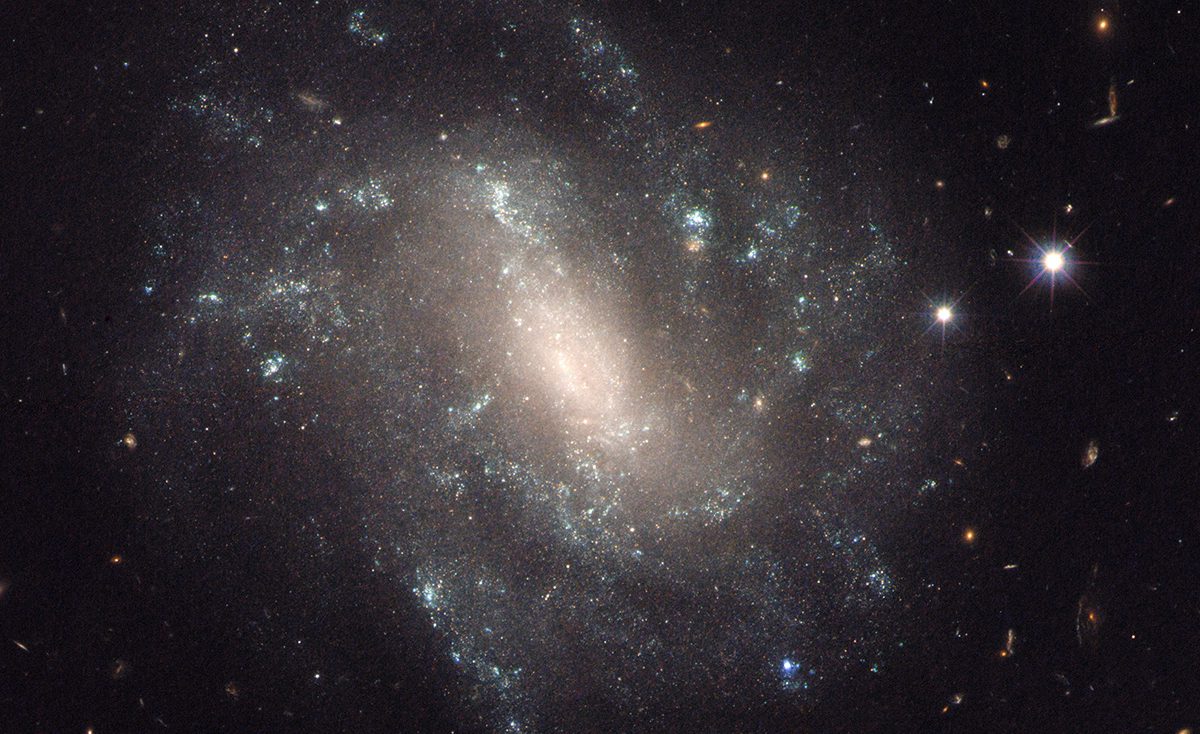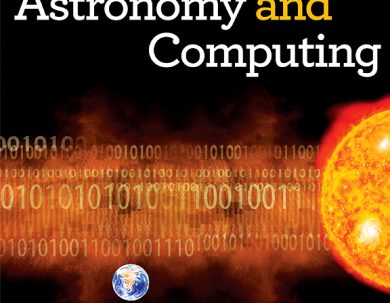Hubble finds Universe may be expanding faster than expected
 Astronomers using NASA’s Hubble Space Telescope have discovered that the Universe is expanding 5 to 9 percent faster than previously thought.
Astronomers using NASA’s Hubble Space Telescope have discovered that the Universe is expanding 5 to 9 percent faster than previously thought.The team lead by Nobel Laureate Adam Riess of the Space Telescope Science Institute and The Johns Hopkins Univeristy made the discovery by refining the Universe’s current expansion rate to unprecedented accuracy. By developing innovative techniques to improve how precisely the distance to faraway galaxies can be measured, it was possible to improve the uncertainty of how fast the Universe expands with time, a value called the Hubble constant, to only 2.4 percent. Knowing the precise value of this number is critical as it helps gauge the size and age of the Universe.
The distance measurements were made by looking for galaxies which contain both a particular type of star known as a ‘Cepheid’ and also stars which have ended their life in a specific violent explosion, known as a Type Ia supernovae. Cepheids pulsate in a very regular way, with a known power output. This makes it possible to calculate the separation of the Earth to the star (and therefore the galaxy that hosts them), as their their apparent brightness on the sky can be compared to how bright they are really known to be. Type Ia supernovae, another commonly used cosmic ‘standard candle’, flare with the same brightness and so the same technique of comparing the measured brightness to the expected brightness can be used to judge our distance to them. As they are so bright, they can be seen from relatively longer distances.
Approximately 2,400 Cepheid stars in 19 galaxies were used in the study. These were used to calibrate around 300 Type Ia supernovae in distant galaxies, enabling the team to probe a deep volume of space.
This refined calibration presents a puzzle, however, because it does not quite match the expansion rate calculated using a different method: Measurements of the afterglow from the big bang were made by NASA’s Wilkinson Microwave Anisotropy Probe (WMAP) and the European Space Agency’s Planck satellite mission and also used to calculate predictions for the Hubble constant. These were found to be smaller than what was found by Riess’ team.
“If we know the initial amounts of stuff in the universe, such as dark energy and dark matter, and we have the physics correct, then you can go from a measurement at the time shortly after the big bang and use that understanding to predict how fast the universe should be expanding today,” said Riess.
“You start at two ends, and you expect to meet in the middle if all of your drawings are right and your measurements are right,” Riess said. “But now the ends are not quite meeting in the middle and we want to know why.”
Several possibilities have been suggested to explain the Universe’s excessive speed:
- Dark energy, already known to be accelerating the Universe, may be pushing galaxies away from each other with even greater – or growing – strength.
- The cosmos contained a new subatomic particle in its early history that traveled close to the speed of light. Such speedy particles are collectively referred to as “dark radiation” and include previously known particles like neutrinos. More energy from additional dark radiation could be making it harder to predict today’s expansion rate from its post-big bang trajectory.
- Einstein’s theory of gravity may be incomplete.
Answers to this riddle are expected to come with the advent of new space telescopes and particle detectors.
Dr Riess’s study will be published shortly in the Astrophysical Journal.
More information can be found at:

Credits: NASA, ESA and A. Riess (STScI/JHU)



